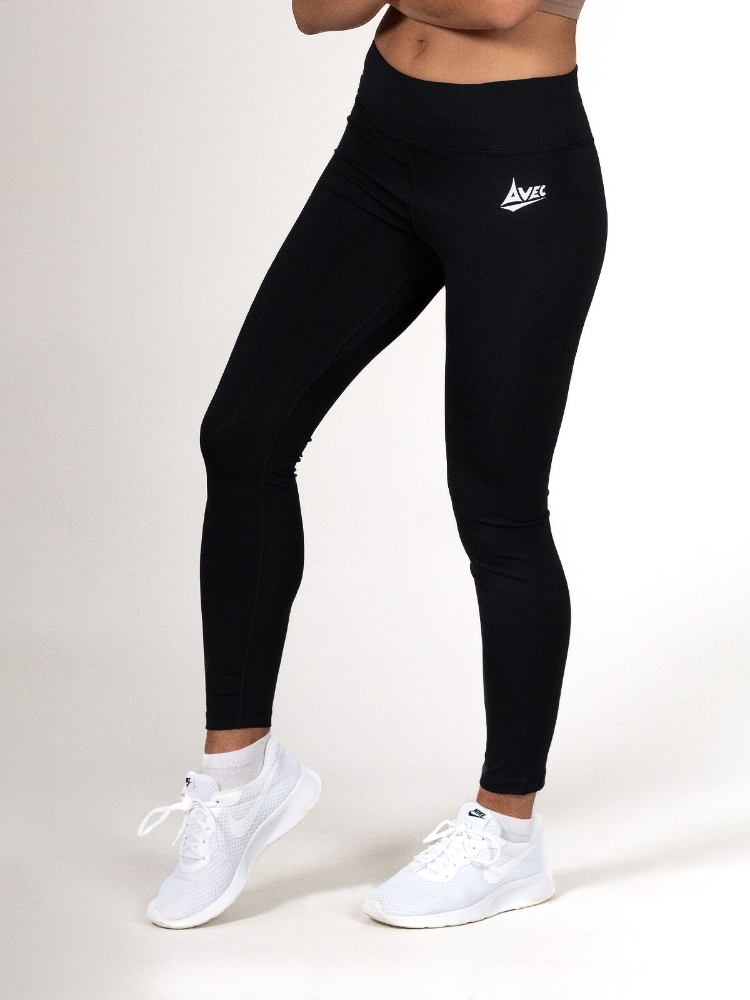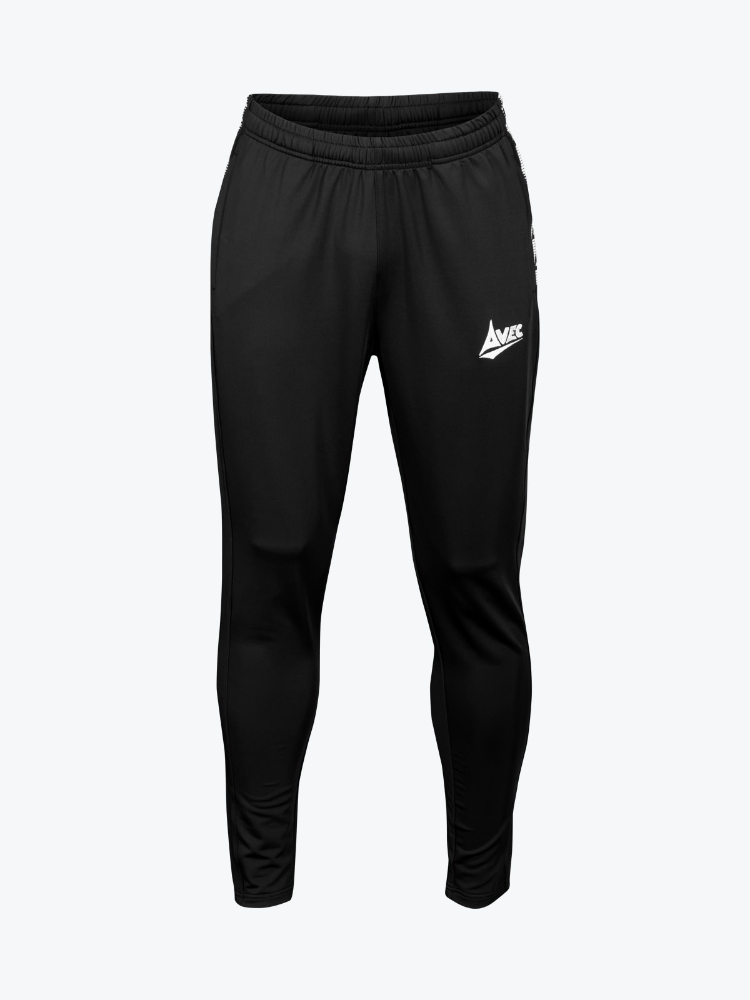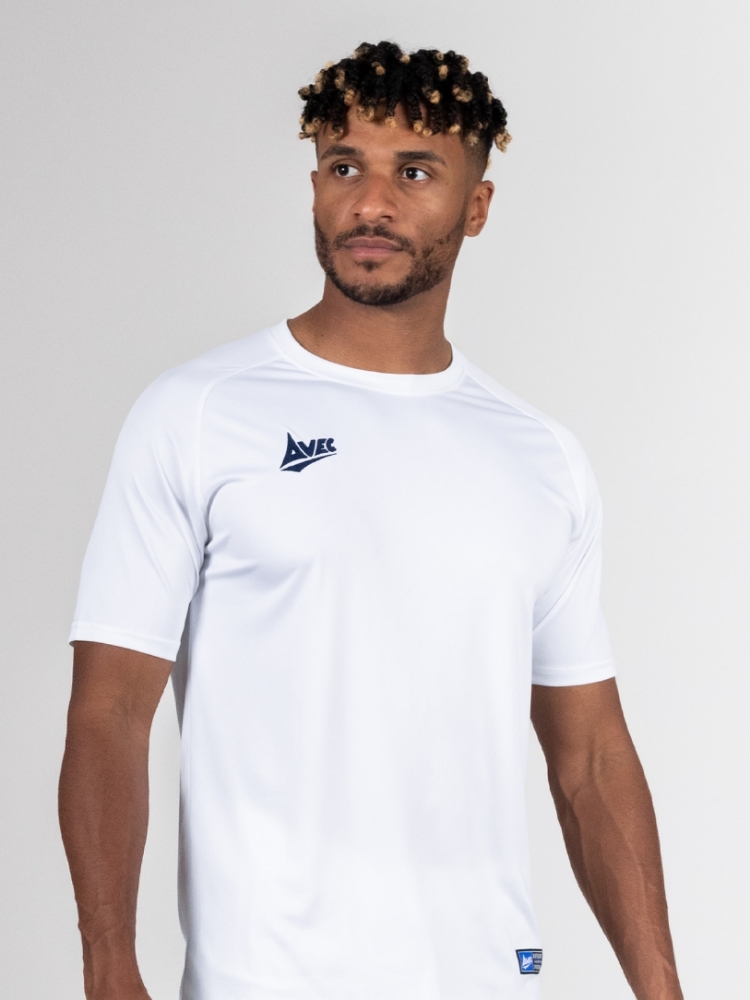
Complete Guide to Getting Started with Callisthenics
Callisthenics is growing in popularity as one of the most accessible and effective forms of exercise - that is if you know what you’re doing! Despite growing in popularity, callisthenic clubs and instructors can be hard to find. But don’t worry - we’re here to help you get started on your journey. From outdoor workout equipment to at-home movements, more people are discovering that you don’t need a gym membership or expensive equipment to build strength, improve mobility, and feel fitter than ever.
If you’re curious about callisthenics but not sure where to start, this beginner’s guide will talk you through what callisthenics is, the key benefits, beginner exercises, and how to progress.
What is callisthenics?
Callisthenics is a form of functional strength training that uses your body weight instead of machines or heavy weights. Exercises that you might be familiar with and already know how to do include push-ups, pull-ups, lunges, squats, and planks. Once you have these mastered, you can progress onto more advanced exercises such as muscle-ups, pistol squats, or handstands.
Because callisthenics requires little to no equipment, it can be done virtually anywhere. You might find some people practicing at the gym, using resistance bands and pull up bars, but many people also practice at home, or outdoors. This makes it one of the most accessible workouts, perfect for all levels, budgets, and time restraints.
Is callisthenics for building muscle or fat loss? And which areas does it target?
The primary goal of callisthenics is to build muscle and strength, however, naturally you are likely to experience some fat loss too. Callisthenics is a functional, full-body workout, and when combined with progressive overload (gradually increasing difficulty), it can help you build lean muscle and definition. It’s important to remember that whilst you can target muscle groups in your workout, you can’t choose where your body will take fat from. So keep your focus on getting stronger and the rest will come later.
Additionally, callisthenics can be as effective as using free weights to a certain point. However, there is a limit to the amount of mass increase you’ll see. With callisthenics, you can achieve a completely toned physique and have defined muscles, but if you want to push past this point and train to enter bodybuilding competitions, you’ll need to complement callisthenics workouts with a structured weight-lifting routine.
In summary, callisthenics is best for increasing relative body strength, body control, endurance and mobility. If you want to increase absolute muscle strength and size, you’ll need to take some additional weight training using equipment.
The benefits of callisthenics workouts
Callisthenics offers lots of benefits aside from increased strength and muscle building. This can help with cardiovascular function, improved sleep, mobility, fat loss and gut health amongst several other health benefits. This type of workout can also help improve your mental state by focusing the mind and reducing stress levels. Therefore, the benefits can be summarised as follows:
- Strength & muscle tone – Build functional power across all major muscle groups.
- Improved mobility & posture – Dynamic bodyweight exercises strengthen stabilising muscles.
- Cardio boost & fat loss – Circuits and high-rep training elevate your heart rate.
- Mental well-being – Exercise reduces stress, sharpens focus, and improves mood.
- Accessibility & affordability – Callisthenics can be done completely free, with plenty of online tutorials.
How to start callisthenics as a beginner
Before jumping into exercises and planning a full workout routine, you should familiarise yourself with these key considerations for better results. This will also help you refrain from injury or pushing yourself too hard.
- Frequency & consistency – Callisthenics workouts need to be done often to encourage muscle growth. It is recommended that you do a 30-minute workout 3-5 times a week. If your current fitness level is low, aim for 2–3 sessions per week to start, then progress to 3–5 as your body adapts. Consistency is key!
- Progressive overload – Add reps, sets, or more challenging variations over time. Alternatively, you can start to incorporate free weights such as kettlebells when squatting, or discs when doing core exercises. This is crucial to see results.
- Variety of exercises —Target all muscle groups if you want to improve your strength. If you stick to core exercises each time, you’ll see little improvement in your arms or leg strength, and you’ll quickly tire of your workouts and lose motivation.
- Rest & recovery – Working out every day may hinder your growth process, so don’t push yourself too hard. Take at least 1 rest day per week to avoid injury.
- Warm-up properly – Don’t jump straight in, this can lead to injury. If you need some help with warm up exercises, read our blog ‘how to warm up at the gym’ (these exercises can be done without the need for equipment).
Beginner friendly callisthenics exercises (no equipment needed)
As we mentioned, callisthenics is one of the most accessible and versatile workouts you can do. We want to give you the tools you need to get started, so these four exercises can be practised even if you have no fitness experience. Simply adapt to meet your ability.
- Push-ups - this works the chest, shoulders, triceps and core. Start with knee push-ups or incline push-ups against a wall or bench if you can’t do a regular push up yet. Aim to do 3 sets of 8 reps. If this is too easy, your progression can be onto archer push-ups.
- Pull-ups - this works the back and biceps. If you don’t have access to a pull-up bar, use a sturdy table edge. If you can’t do a pull up, don’t worry, you can use an assisted pull up machine if you have one or do an adapted table pull up. Try to do 3 sets of 5–10 reps, and you can eventually progress to weighted pull-ups.
- Squats & lunges - this works the legs and glutes. You can add weights if you like, but try to do 3 sets of 15 reps. You can progress onto different variations such as jump squats to improve cardio levels.
- Leg raises or hollow holds - this is to work the core. You can do lying leg raises, scissor kicks, and ankle taps, with progression onto hanging leg raises. Add in planks, burpees and handstands for more intensity as you progress. You can do reps for core, but we might suggest doing a timed exercise of 30 seconds per set, or even amrap (as many as you can do) if it’s the last part of your workout.
What to wear for callisthenics
Since callisthenics involves dynamic movements like squats, planks, and pull-ups, comfort and flexibility are key. You’ll need breathable athletic clothing that keeps you cool and has some levels of support. We also wouldn’t recommend things that are too loose fitting as this might get in your way with more dynamic movements. Luckily, we have the clothing you need to get started, and our recommendations are:
Women: Breathable leggings like our Tech Leggings, and fitted tops help you move freely. Avoid loose shorts for exercises like handstands.

Men: Lightweight track pants such as the Evolve Training Pant, or fitted shorts paired with a breathable top like the Focus Classic Jersey, are ideal.


Evolve Black Tech Pant £17.95 & Focus Classic White Jersey £9.95
Kickstart your callisthenics journey with Avec Sport
Callisthenics proves you don’t need a gym or lots of home workout equipment to get stronger, leaner, and improve overall fitness. All you need is your body weight, motivation, and the right gear to keep you comfortable and confident. To get started, explore our women’s fitness clothing and men’s activewear to find durable, performance-ready clothes that support every move.

